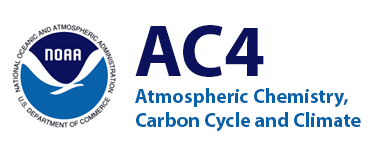Air Quality


Although air quality has improved significantly in recent decades following passage of the Clean Air Act in 1970 and subsequent regulations. However, recent monitoring data suggest a reversal of national pollution trends. And many Americans are exposed to unhealthy levels of air pollutants and live in areas that don’t meet current regulatory standards for O3 and PM. This was especially evident during the past summers when numerous wildfires ravaged the western United States. The cost of poor air quality to the U.S. from air pollution related illness alone has been estimated in the billions of dollars per year. Forecasting impending poor air quality can provide early notice and warning to individuals and communities to help them limit exposure and reduce asthma attacks, eye, nose, and throat irritation, other respiratory and cardiovascular problems, and even save lives. To help the nation realize these benefits, NOAA works with the Environmental Protection Agency (EPA), state and local air quality agencies, and the private sector to provide an end-to-end air quality forecast capability for the Nation.

AC4 aims to understand the changing atmospheric composition, emissions and state conditions, in order to properly characterize and project changes in air quality. AC$ has helped lead these efforts, by convening the expert community, supporting research, and communicating science to stakeholders.


